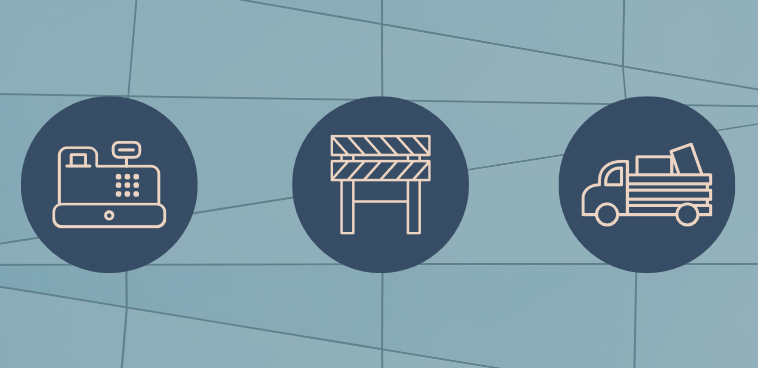Leaders need to get out of their offices and get into the field.
Leaders should spend more time on the front lines of their business:
- Doing front-line employee jobs to gain valuable insights about the business
- Listening to employees, asking for their input and feedback on what works and what doesn’t, and for customer insights
- Motivating employees. By spending time with the front line, leaders can inspire and teach them
Learn about these practices, as well as examples from leaders who’ve put them to good use in this new video.
To book Denise Lee Yohn to inspire and teach your people to become great leaders, see her website and YouTube channel.
If you like this article and video, sign up for SmartBrief’s free email newsletter on leadership. It’s among SmartBrief’s more than 250 industry-focused newsletters.
Transcript
Now that things are opening up more, leaders should make it a priority to get out into the field. I mean, we need to get out of our offices and spend time on the front lines, whether that’s in our stores, customer service centers, warehouses, production lines or customer’s homes and offices. In this video, I’m going to talk about the value of spending time in the field with employees — and in a future segment, I’ll cover why and how to engage with customers in the field.
Getting out into the field can mean doing front-line employee jobs. We gain valuable insights from doing what they do every day. For example, every few weeks, Deliveroo CEO Will Shu spends a night on his bike delivering restaurant meals or groceries just like one of his company’s gig workers.
This practice helped him recently to notice a lot more couriers popping up from startups promising delivery of 20 minutes or less. He saw firsthand how their ultra-fast service presented an existential threat to his business, so he’s initiated tests at his company to rival these new competitors.
Getting out into the field can also mean spending time talking with employees, getting their input and feedback. Because of their direct interaction with customers and/or the operations at the core of our business, they are often in the best position to let us know what works and what doesn’t — and they can be a valuable source of customer insights.
Of course, you should have formal, routine mechanisms for collecting employee feedback, but informal conversations, face-to-face, and in the settings in which employees do their jobs can provide a lot of the color that is missing from standard surveys. And if you’re effective in establishing rapport and asking good questions, employees will tell you things they wouldn’t feel comfortable or even think to put in a survey response.
Delta Airlines CEO Ed Bastian has a standing operating procedure to spend 50% of his time with employees in breakrooms, airplane galleys, mechanics shops and airport terminals. He does this because it’s critical to him learning on the job, listening to his team and leading from the front.
And that speaks to another reason why spending time in the field is so important: Iit’s meaningful and motivating to the front line. When Fred Hassan took the reins at Schering-Plough, the company had been crippled by several crises and he needed to get it back on track. One strategy was to overhaul its sales approach, and that required a huge cultural change. So, he got out into the field and held one-on-ones with sales managers to communicate his vision, get their buy-in and model the new behaviors that they would need to in turn model for the sales reps.
Over time, he was able to secure their commitment to the new direction, and he credits the success to his direct interactions with them.
Getting out into the field requires us to get out of our comfort zone, and we must be committed to taking the time to do so. But it’s one of the best ways we can learn and lead.
